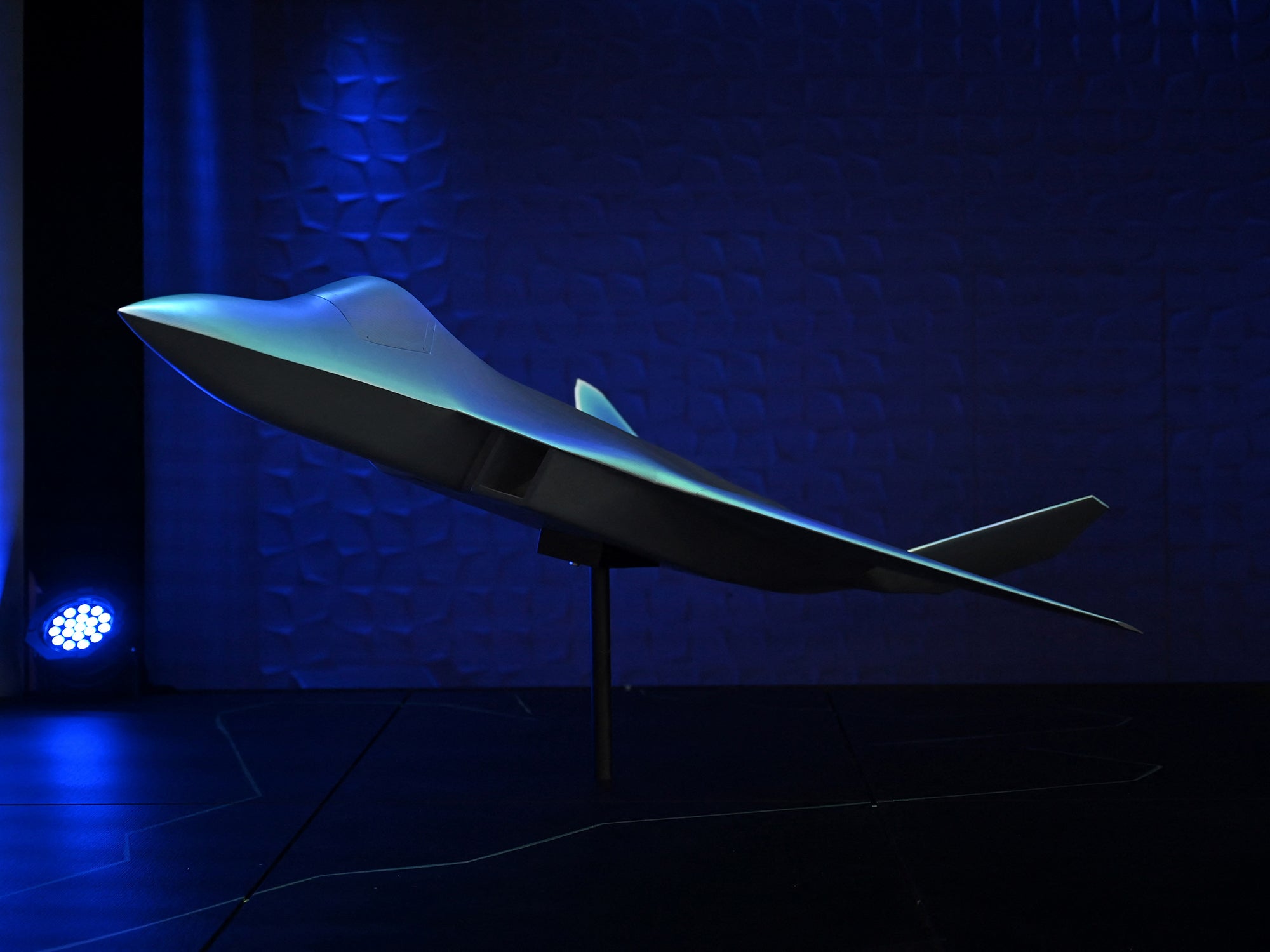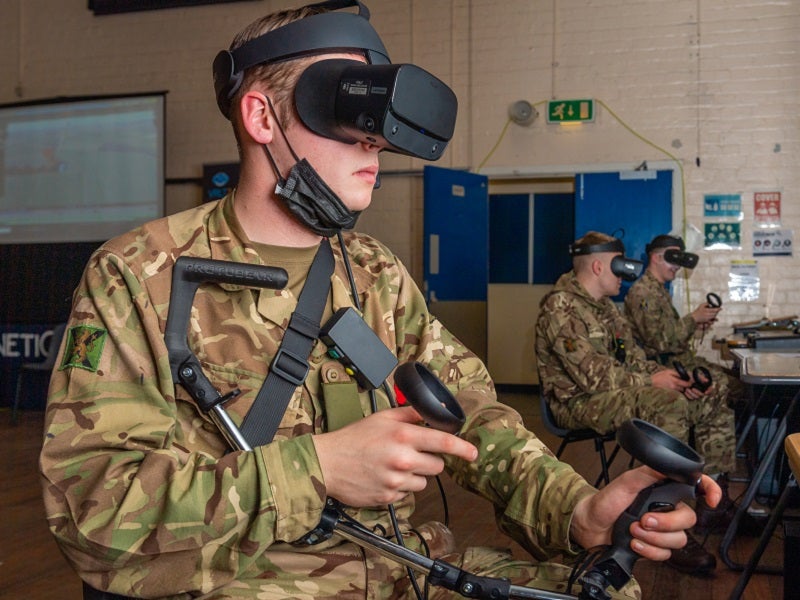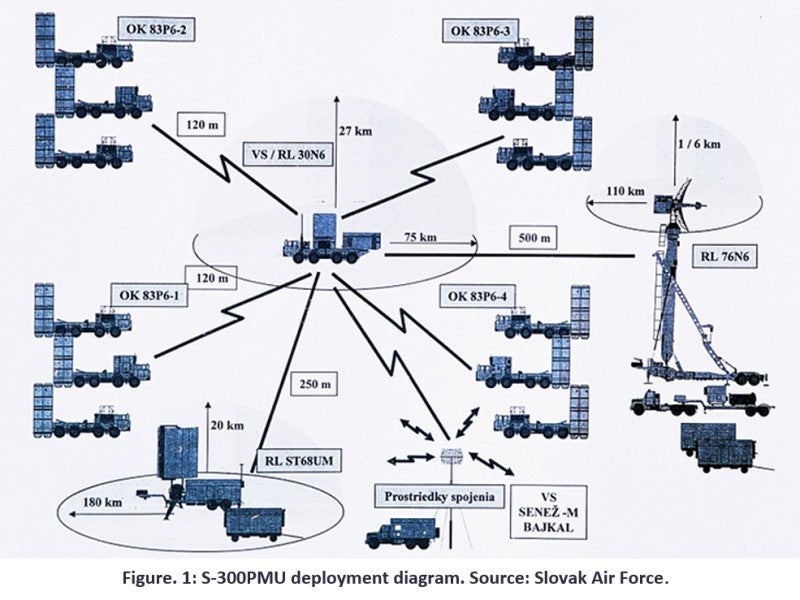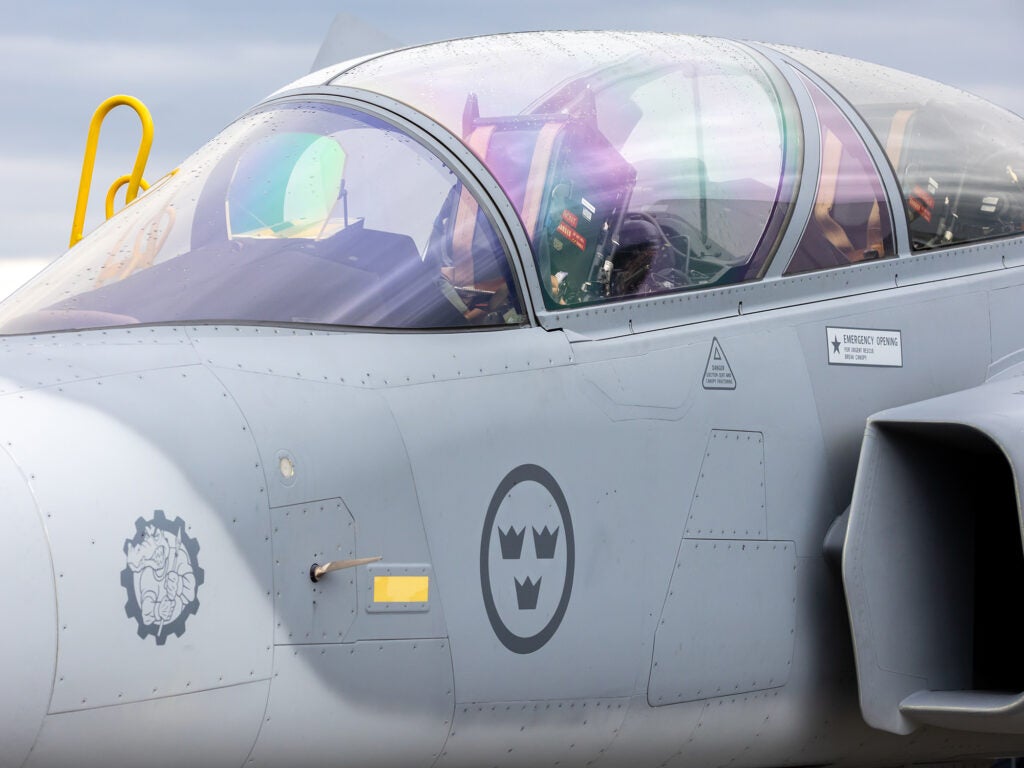
Lockheed Martin confirms F-35 handshake agreement with US Department of Defense
In the morning of the second day on Farnborough International Airshow 2022, a panel comprised of Lockheed Martin leadership discussed the future of defense, and the company’s place in that future. The potential of Artificial Intelligence and Machine Learning was stressed upon. It was also confirmed that Lockheed Martin had reached a handshake agreement with the US Department of Defense for the supply of approximately 375 F-35s. The aircraft will collectively comprise Lots 15 to 17. Lockheed said the deal also includes new hardware needed for the F-35′s Block 4 capabilities, which include greater weapons capacity, improved target recognition, and advanced electronic-warfare capabilities. Specifics regarding the pricing of the eventual contract were not given, with the final contract value (reportedly in the area of $30 billion) and platform numbers expected to fluctuate in the coming months. However, the company has stated that the cost per jet will be lower that inflation trends.
Raytheon Technologies announces new projects studying hydrogen-propulsion
Raytheon Technologies set out its latest contribution to the sustainable aviation market, following the theme of sustainability which was set by show organizers. The company announced that it has been selected by the US Department of Energy for two research and development projects to test the use of hydrogen and ammonia as effective, zero-carbon options for electricity generation. Raytheon plans to test the capacity of Mitsubishi Power Aero’s FT4000 gas turbine unit using hydrogen and hydrogen blends as fuel sources. The FT4000 is a land-based variant of Pratt & Whitney’s PW4000 turbofan aircraft engine. If successful, the project would be a notable step for Raytheon Technologies, demonstrating that their products are capable of using sustainable fuels. This new project will supplement Raytheon’s capabilities in this area. The company also announced that it would open the Advanced Laser Integration Centre in Livingston, Scotland in 2023. The facility will act as Raytheon’s hub in Europe for the testing, fielding and maintenance of defensive high-energy weapons, with the company holding multiple export licenses for DEW throughout Europe. The development bodes well for Scottish jobs and the UK defense industrial base, with DEW expected to increasingly feature in countries’ air defense architectures.
UK Hypersonic development program involving Reaction Engines announced
The Hypersonic Air Vehicle Experimental (HVX) Programme was also announced at the show. The program is a domestically developed UK answer to other hypersonic weapons development programs in progress around the world. Countries such as Russia, China and the US have been investing in hypersonic development for many years, with Russia even using hypersonic missiles in Ukraine. The UK is much further behind, and it will require significant investment to bring the UK into contention with these countries from a dead start. However, it terms of capability, the HVX attempts to go further than existing hypersonic weapons in that it will be reusable. Specifics regarding the program are sparse, but it appears the program will attempt to develop a platform which can carry payloads to targets at hypersonic speeds, release them, and the return to launch sites to be recovered. It is unclear what means of propulsion will be deployed on the HVX, but the involvement of Rolls-Royce, and particularly Reaction Engines, suggests that the platform will not use scramjet engines which are often used to propel hypersonic cruise missiles, but will instead use hybrid turbojet engines. Reaction Engines has been studying the use of precoolers in hypersonic propulsion. The project also includes the RAF’s Rapid Capabilities Office (RCO), the UK government’s Defence Science and Technologies Laboratory (DSTL) and is supported by the UK National Security Strategic Investment Fund (NSSIF).
Secretary of State for Defence Wallace delivers Tempest remarks
Secretary of State for Defence for the UK Ben Wallace made brief remarks regarding the outlook for the Tempest sixth-generation fighter jet development program. The Defence Secretary stated that the program has “momentum” which will carry it through development to platform production. The progress made in the four years since the program was announced is testament to this, and the growing list of firms and countries involved does create a sense of seriousness around FCAS and Tempest. Whilst other next-generation aerospace development projects have faltered, such as MOSQUITO, Tempest seems set to progress. He also offered a positive perspective on the international aspect of the Tempest program, praising both Italy and Japan for their commitment to the program. Wallace went on to characterize both partner nations as serious countries with serious defense budgets.
Other news
The focus on Tempest was added to by Leonardo, when it announced that the company was progressing collaboration opportunities with BAE Systems on the demonstrator aircraft for FCAS. The two companies have committed to work together to identify shared areas of collaboration, and to begin joint analysis on possible activities of shared interest. In the same vein of UK-Italy collaboration within FCAS, Leonardo’s Italian and UK electronics businesses and Elettronica SpA have reached an agreement related to demonstration activities on advanced sensors and systems.
Leonardo also announced that the company had signed an agreement with the European Space Agency to produce the robotic arm that will help retrieve samples from Mars. Leonardo will design, manufacture, integrate and test the Sample Transfer Arm for the Mars Sample Return program. Scheduled for delivery in 2025, Leonardo’s robotic arm will be installed on the NASA Sample Retrieval Lander and will recover the tubes full of Martian soil that were previously collected by the Mars 2020 rover.





